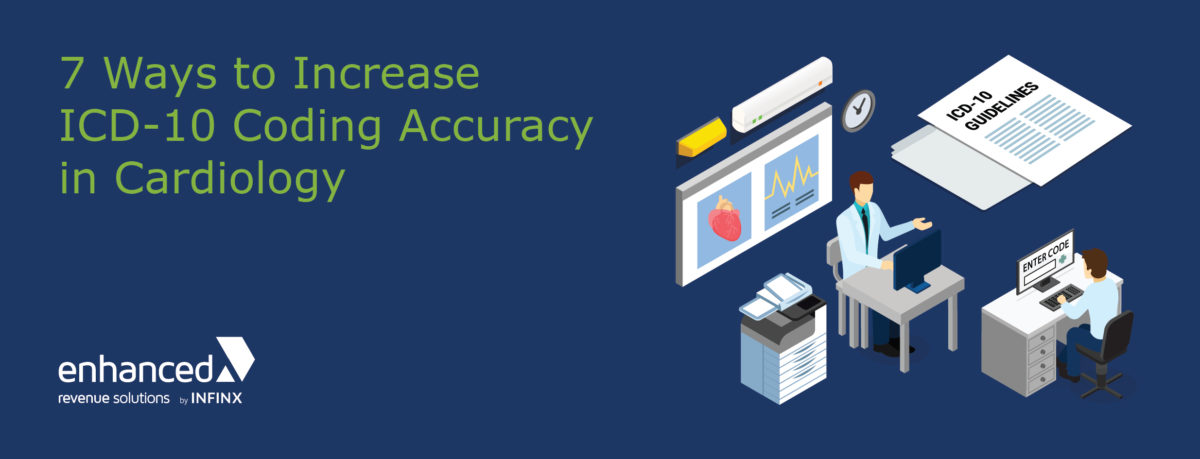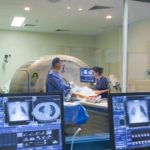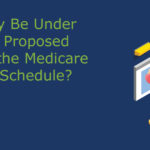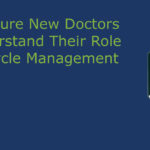Since its introduction in 2015 and the myriad subsequent changes and updates, ICD-10 Coding presents a multifaceted and intricate set of issues— especially for a specialty that utilizes different care venues (offices, hospitals, out-patient surgery centers) and complex diagnoses and procedure options. The balancing act of capturing charges and documentation between locations during a typical day requires juggling talents not mentioned in medical school. You want to deliver outstanding care and service to your patients and ensure your billing team is capturing the maximum allowable reimbursement for each visit and procedure.
Tips for ICD-10 Coding Accuracy
Accurately coding your claims for maximum reimbursement is a team effort and involves everyone in your practice. It’s easy to get busy as we go about the business of patient care. Here are some tips and gentle reminders that may be worth bookmarking and revisiting on a regular basis.
1. Education. Stay up to date on coding through education and knowledge building. Some great resources for continuing education include:
- National and state cardiology societies, including the American College of Cardiology—which is an outstanding source of cardiology-related coding changes and updates.
- Centers for Medicare & Medicaid Services (CMS)—an agency within the US Department of Health and Human Services that is a major voice ever since the implementation of ICD-10 and has become one of the go-to resources for coding questions.
- Webinars and audio conferences— many of which are free or at a small cost.
- Networking with fellow coding enthusiasts—it’s always good to have someone you can call.
2. Implement an accountability structure that rewards accuracy. By minimizing human error and careless keying mistakes, you can drastically affect reimbursement. Another alternative is to consider an outsourcing team with dedicated experts that ensure precise coding as well as clear-cut reporting and compliance.
3. Ensure medical documentation is accurate and complete with every patient encounter. Payers request this information and will deny claims based on inaccurate, untimely receipt of documentation so be sure to include the following:
- Procedures performed elaborating on medical necessity and level of care requirements
- Physician or APP’s involvement in patient care and level of service performed
- Tests ordered and corresponding results with treatment prescribed
- Billable supplies and equipment used throughout patient treatment
- Referrals, both incoming and outgoing
- Prior authorizations for all procedures and treatment as required by the patient’s insurance provider.
4. Capture commonly missed tests that are billable or support treatment/diagnosis. Decisions. Common examples include EKG’s, pulmonary tests, medication administration, and services provided outside the office.
5. Code to the highest degree of specificity and code to the diagnosis and not the symptom, such as angina vs. chest pain or systolic CHF vs. CHF, unspecified.
The CMS-granted grace period for ICD-10 transitioning ended long ago, but non-specific documentation and miscoding is still a problem in many practices.
6. Design and implement a review and audit of your coding process. Not only does this suggest areas for improvement, which directly affect your bottom line, but also ensures compliance with government regulations and contractual insurance payer obligations.
7. Make sharing knowledge and training as it becomes available a core foundation of your practice operations. Everyone impacted should participate in comprehensive opportunities to improve the quality of your coding and documentation program and feel a personal investment.
Today, it’s imperative to accentuate the process of coding and billing to achieve accuracy and maximize the shrinking healthcare dollar. While no one enjoys complying with the constraints placed on their practices by insurance carriers and governmental agencies, it is required and should be approached with the end result in mind—fully capturing revenue for your practice!
Learn more about our medical coding solutions or contact us at Enhanced Revenue Solutions.










Comments are closed